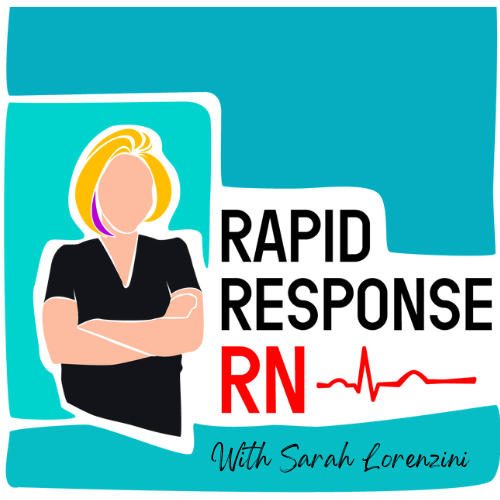VTE Prophylaxis Demystified with Dr. Walter Cheng
Venous thromboembolism (VTE) prophylaxis is a core marker of healthcare excellence. Dr. Walter Cheng explains that almost every hospitalized patient is at an increased risk for developing a deep vein thrombosis (DVT) or pulmonary embolism (PE) and that nurses play a crucial role in preventing, assessing for, and educating our patients about VTE.
Up My Nursing Game is partnering with VCU Health Continuing Education to offer FREE continuing education credits for registered nurses. Click here to obtain nursing credit (1.00).
Virchow’s Triad
- Basis for understanding risk factors for DVT/PE
- Blood stasis, hypercoagulability, trauma
- When inpatient, immobility is common because patients are not moving and getting out of bed cannot circulate venous blood well
What are SCDs?
Sequential compression devices are a venous thromboembolism prevention strategy that works to stimulate circulation in the lower extremities through inflation and deflation one at a time to simulate the pumping effect of walking.
What are TED hose?
TED hose stands for “thromboembolism deterrent” hose, and are used as compression stocking for the prevention of venous dilation and therefore prevention of clots, as noted below. They work by applying continuous pressure from the calf to the thigh, thereby compressing the veins and preventing venous stasis.
Quick Anatomy Rundown
- Arterial Blood Flow: heart pumps blood and provides pressure to drive blood forward
- Venous Blood Flow: PASSIVE → blood moves back is through muscle contractions of the legs and the arms. Immobility of the veins are not returning blood as efficiently as they should be
- Ex: Airplanes, sitting for a long time
Hypercoagulability
- Genetic causes of hypercoagulability: inflammatory diseases, infections, cancer, rheumatologic diseases, organ failure
Risk factors for VTE
- Obesity
- Postoperative status and bed rest
- Heart disease
- > 40 years of age
- Limb trauma
- Coagulation disorders
- Pregnancy
- Advanced neoplasm
- Oral contraceptives
Tips for explaining the need for SCDs, TED hose, and the Heparin/Lovenox
- A million cases of DVT and PE occur every year in this country. There is a real risk that this could happen to you. And unfortunately, with DVT, PE, it can be something from a very inconvenient swollen leg to a devastating and life- threatening pulmonary embolism.
- DVT prophylaxis with subcutaneous heparin or Lovenox, decreases that risk significantly (70-80%) and the SCDs also decrease that to some percent
- If they develop a DVT or PE, they’ll be stuck on like, oral anticoagulants from months, lowering their quality of life, prolonging hospitalization
Assessment findings of DVT/PE
- DVT: Asymmetry in the circumference of, of one limb versus the opposite
- PE: suddenly shorter breath and can happen very suddenly, pleuritic chest pain
- Despite the classic signs, sometimes it can be subtle and hard to find DVT/PE, so we need to use lab tests such as:
- D-Dimer: looks at products of clotting (elevates in PE). If negative, likelihood of DVT is low
- CT angiogram
- Ventilation perfusion (VQ) scan

































